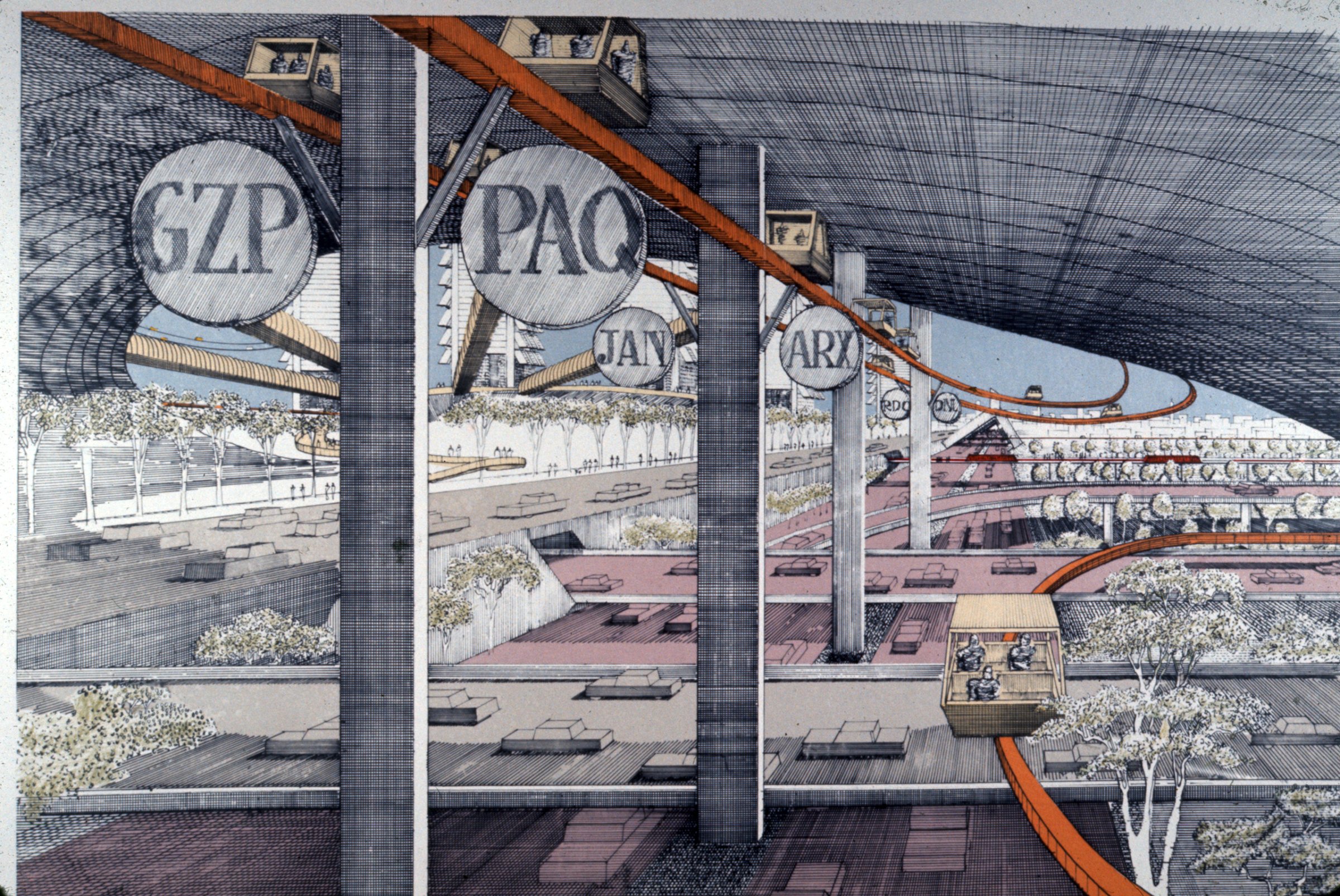
In the new documentary Citizen Jane: Battle for the City, opening this Friday on theaters in New York and available on demand, filmmaker Matt Tyrnauer (Valentino: The Last Emperor) tells the story of urban activist Jane Jacobs and her fight against the plans of developer Robert Moses — in particular, Moses’ desire to run an expressway right across lower Manhattan, which was hatched in the 1940s during a period when urban renewal was dominated by efforts to standardize, modernize and make room for cars.
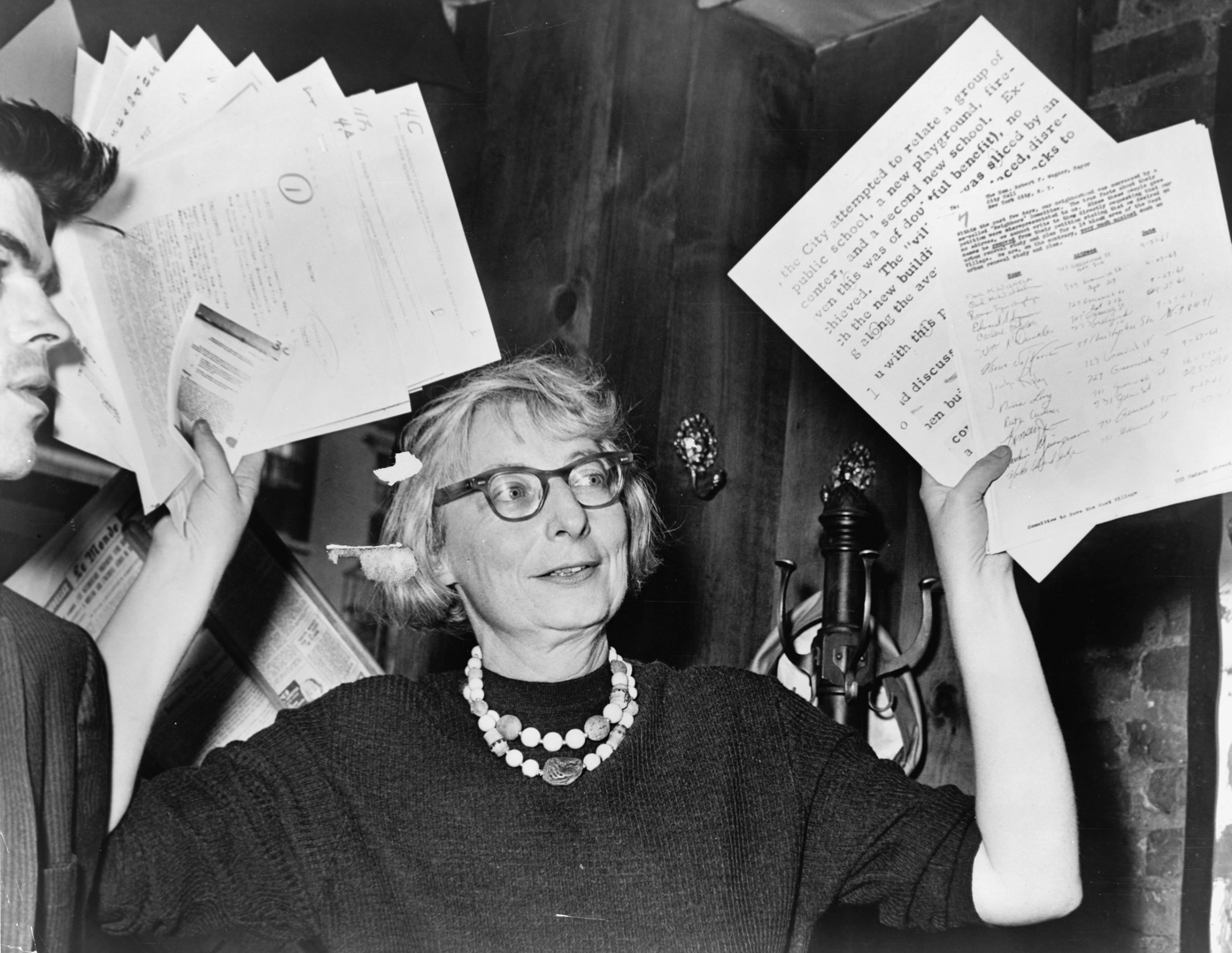
The project, supporters argued, would help with traffic problems and speeding the commute across the busy island. But, as the plan developed, a journalist named Jane Jacobs turned herself into an urban activist. Jacobs, who has been the subject of several recent books timed to the centennial of her 1916 birth, gained fame in urban-planning circles with her then-controversial 1961 book The Death and Life of Great American Cities. She argued that the area Moses saw as ripe for a redo was a vibrant neighborhood of homes and businesses that would be destroyed and divided by the plan. These drawings are concept renderings of the proposed Lower Manhattan Expressway (LOMEX), showing just how much the city would have been changed.
In a 1966 cover story about the American city, TIME characterized the dispute as “a 20-year-old controversy [that] still swirls about a proposed Lower Manhattan expressway while the decaying area through which it is to run decays further because no one wants to risk improving properties that may yet be destroyed.”
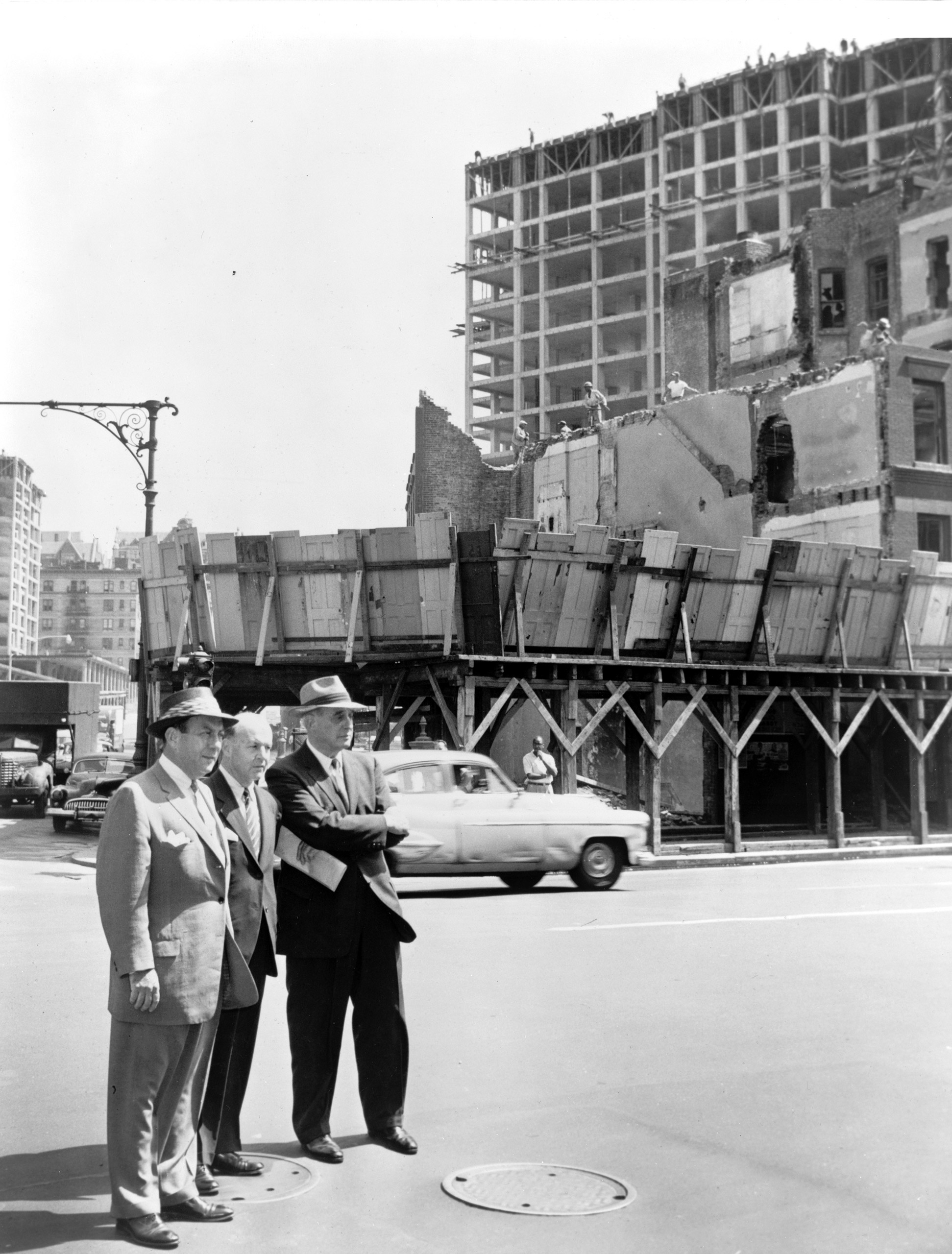
In other words, part of the reason why the area could be characterized by supporters of the expressway as a nothing-worth-saving area of blight was that, since 1941, residents had wondered whether their homes and businesses were about to be destroyed.
Look at any map of New York these days and it’s easy to see who won the dispute. Jacobs, who was arrested at a 1968 hearing about the LOMEX, convinced the city to abandon the project once and for all.

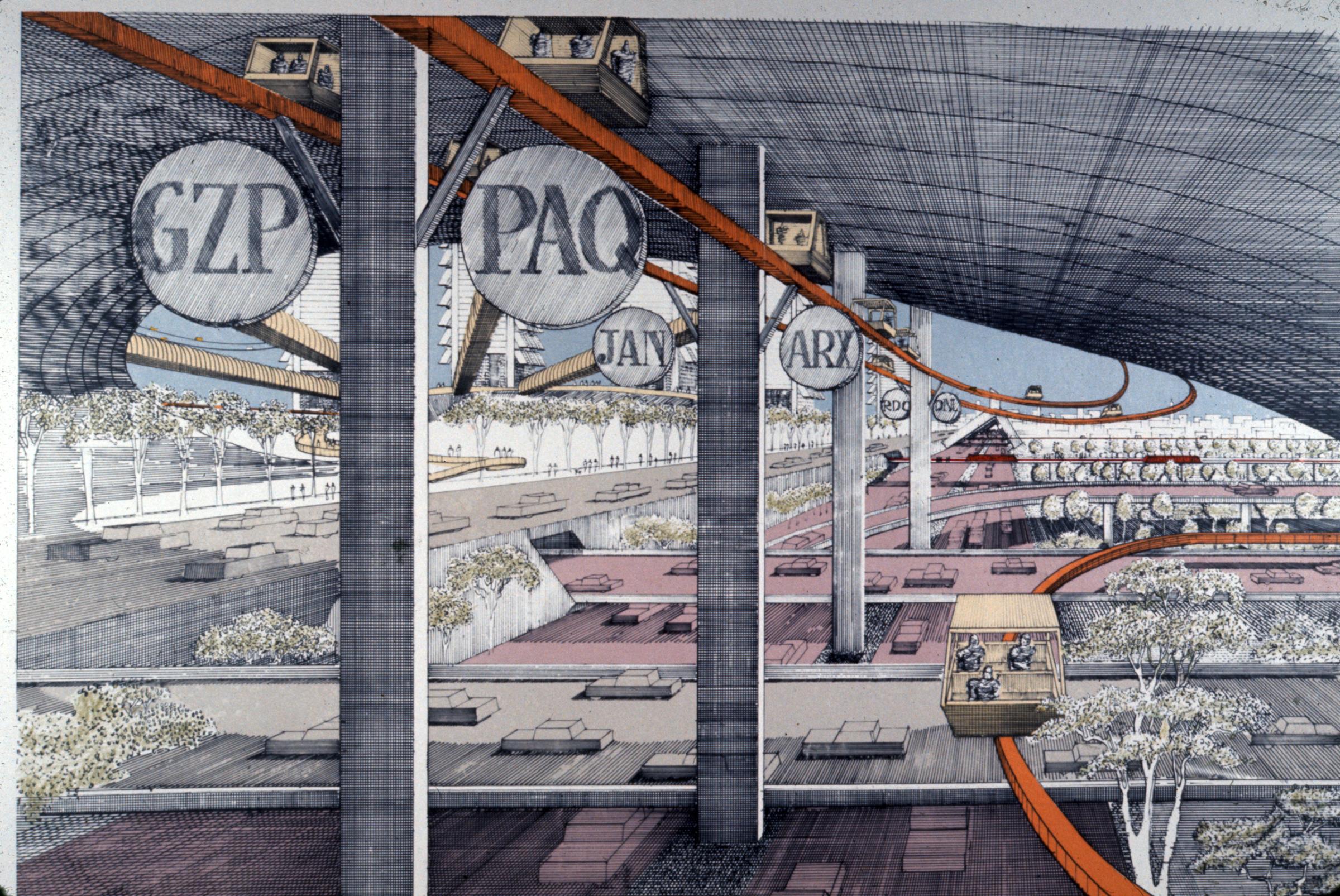
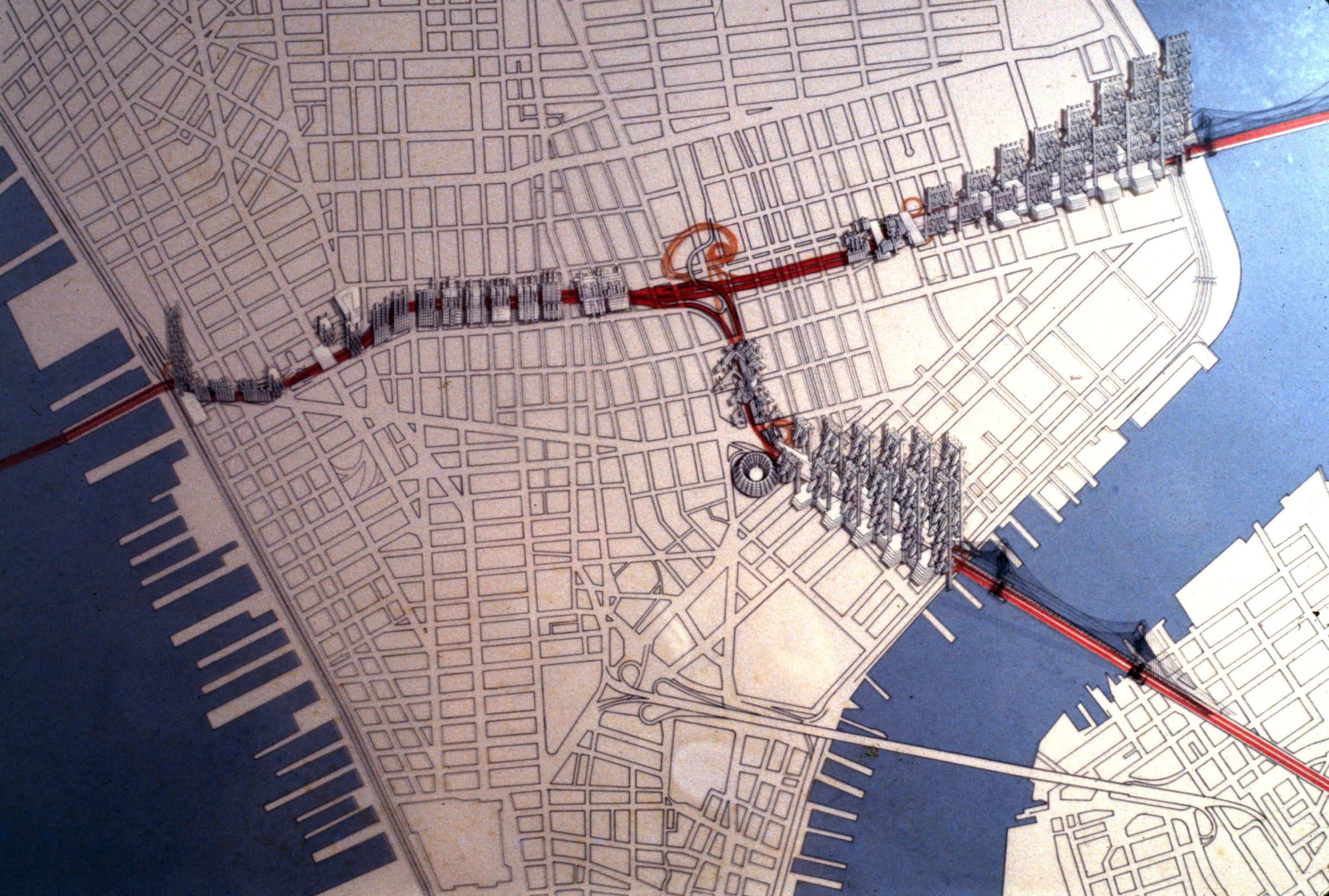
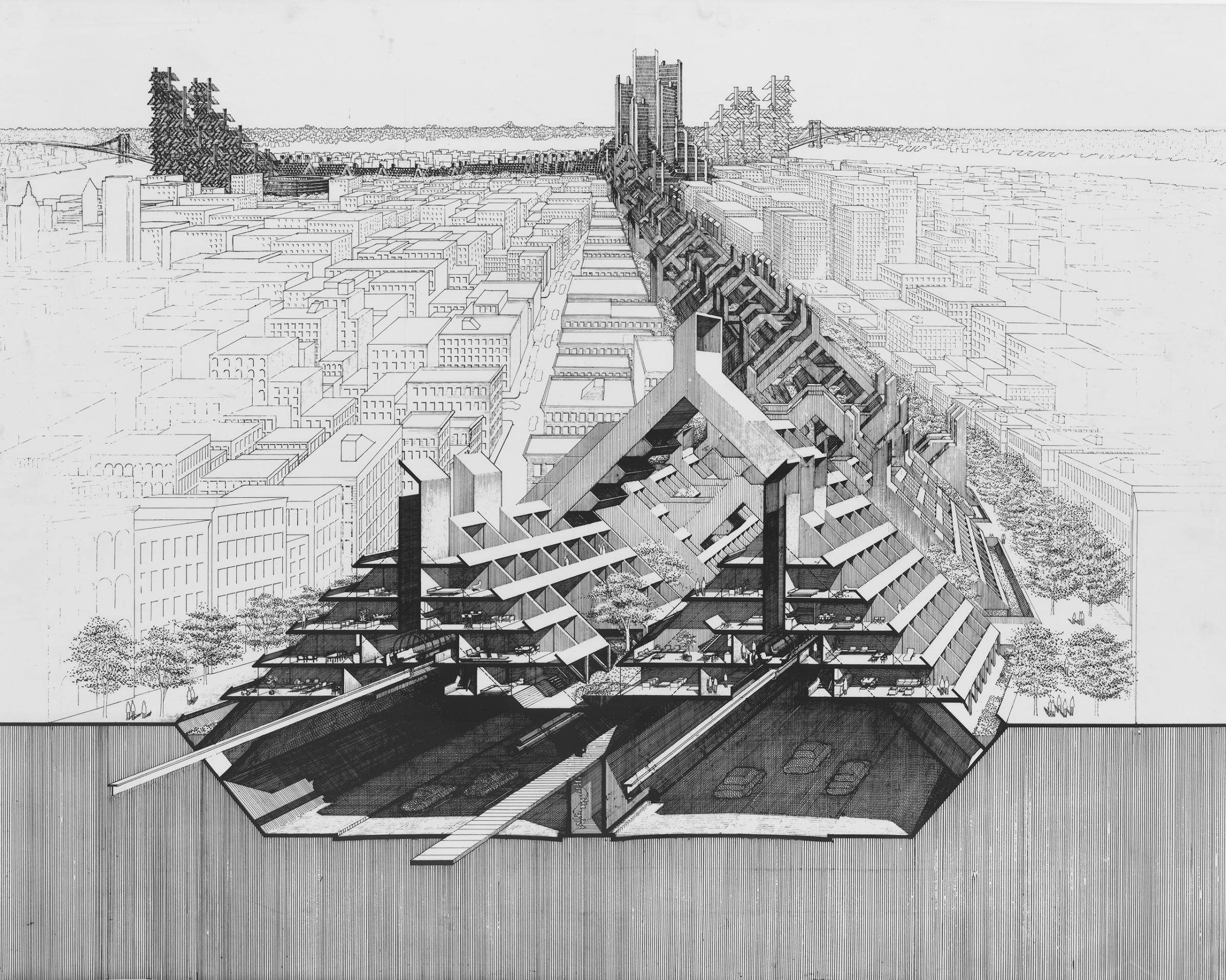
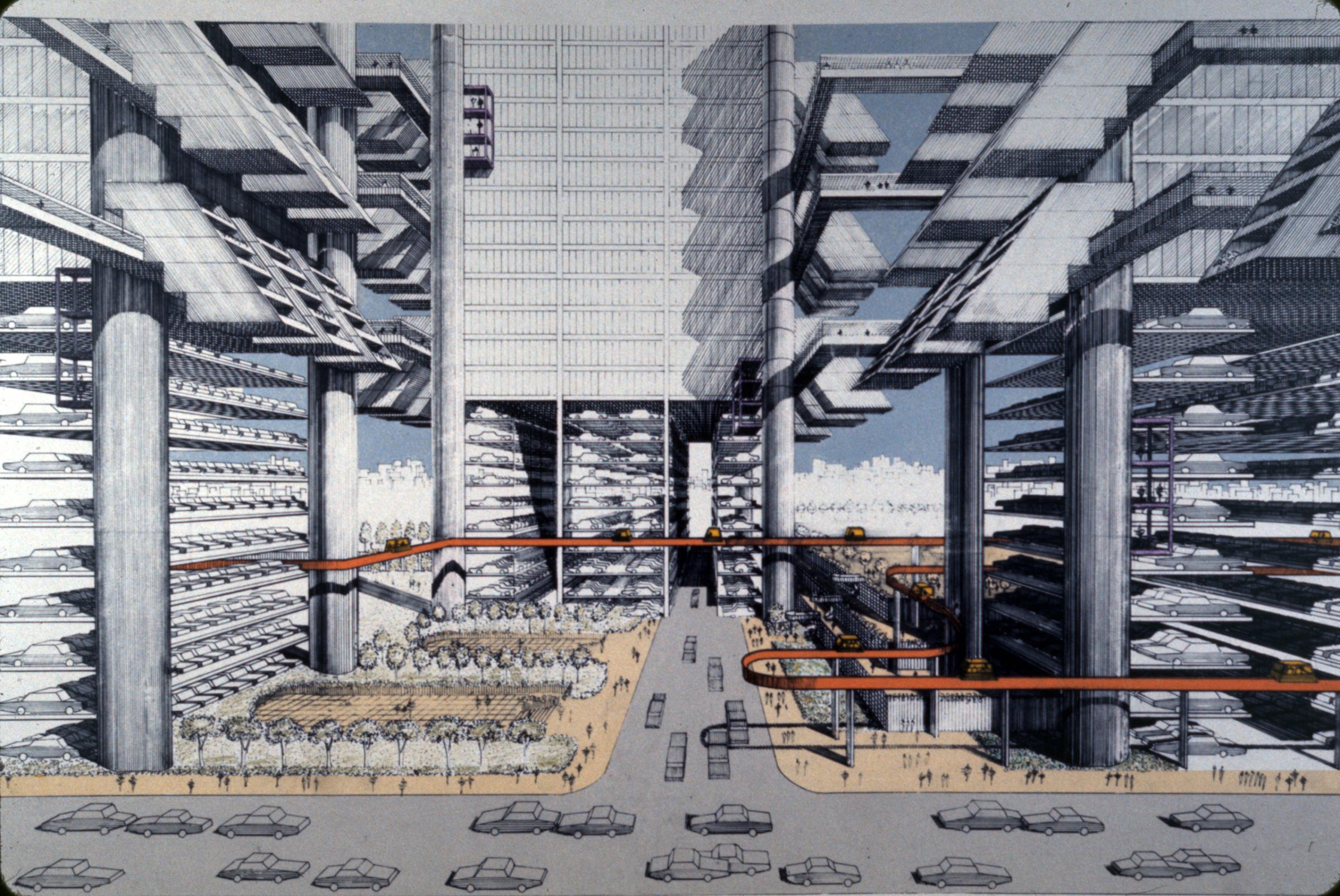
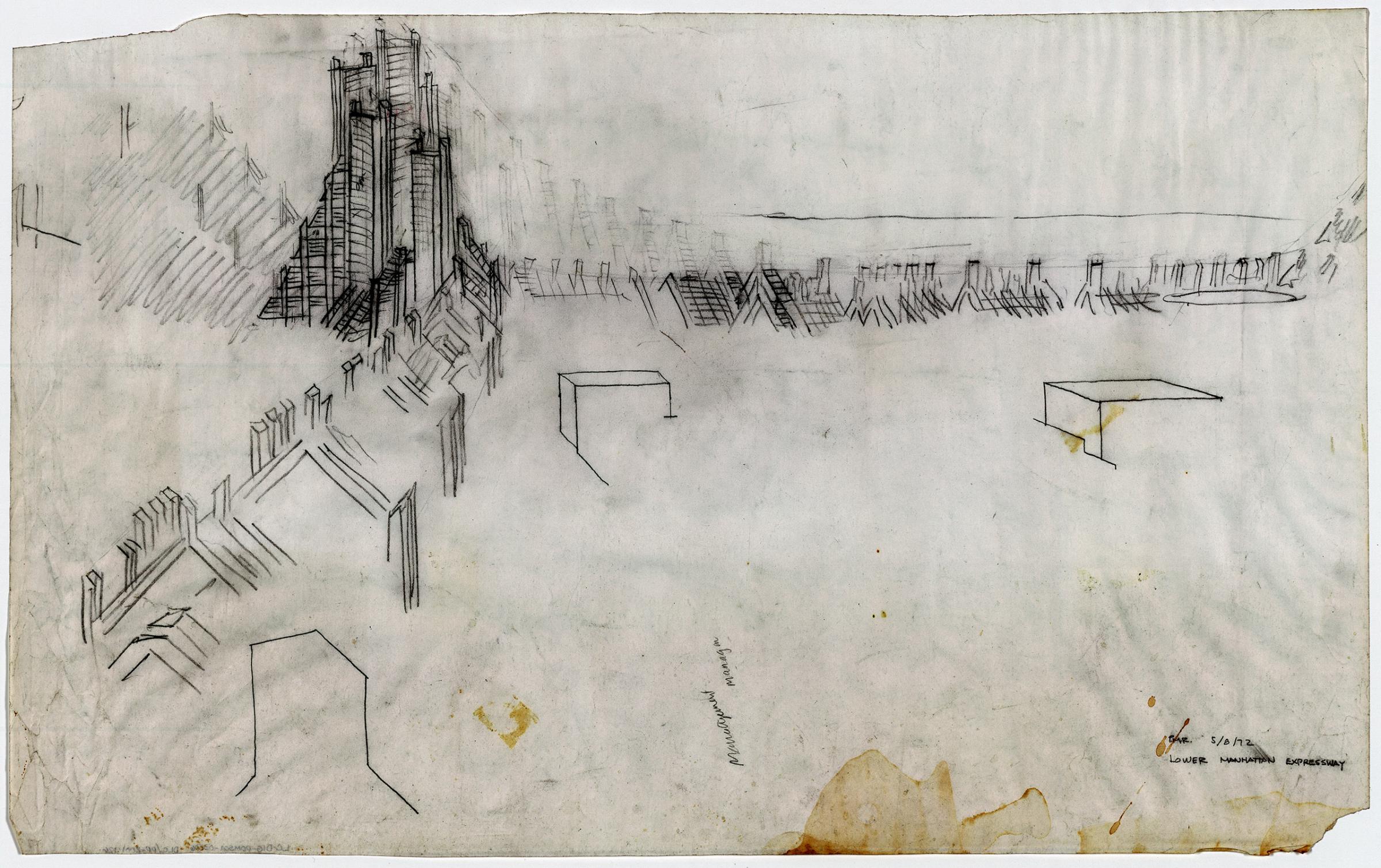
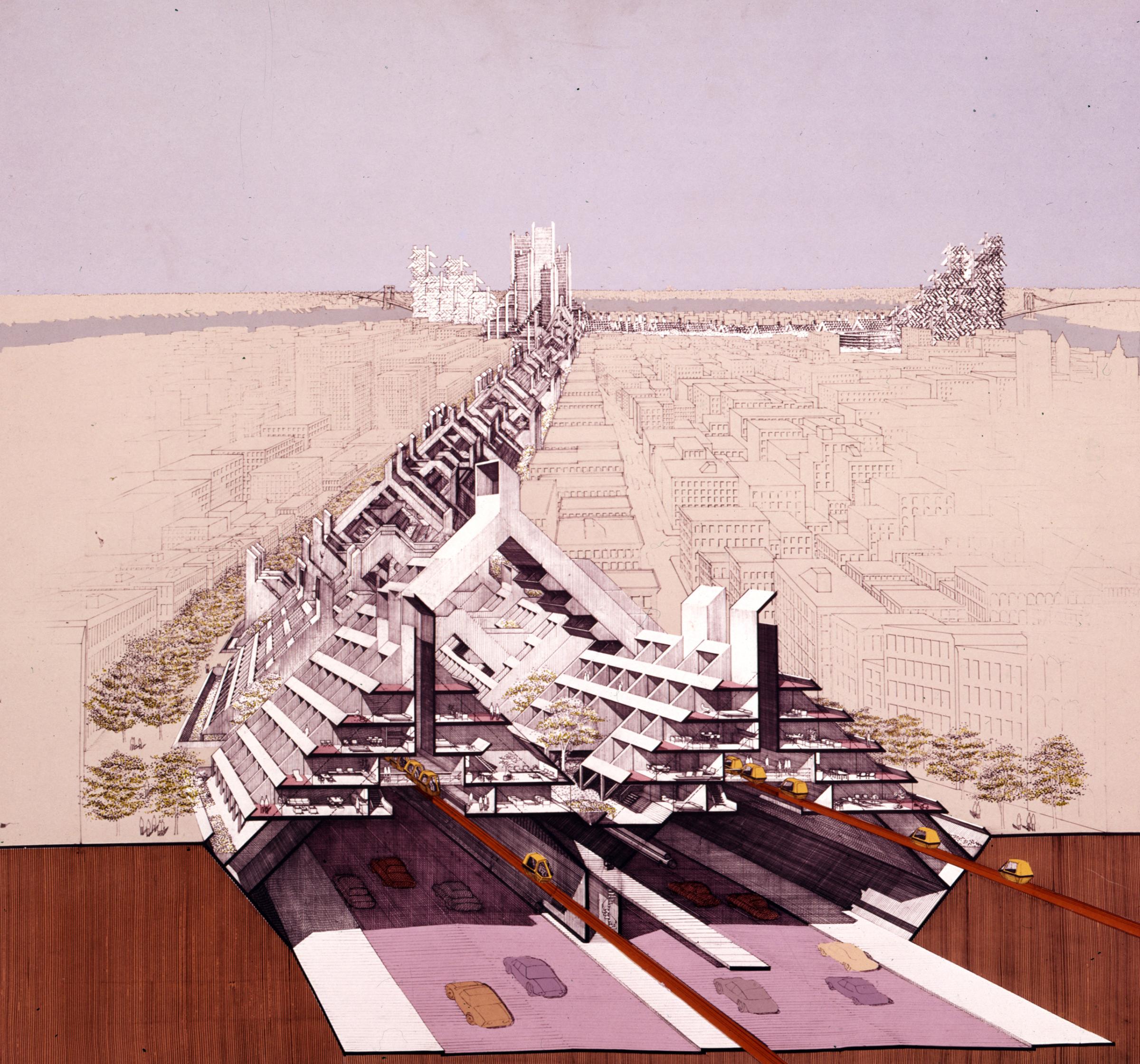
More Must-Reads From TIME
- The 100 Most Influential People of 2024
- Coco Gauff Is Playing for Herself Now
- Scenes From Pro-Palestinian Encampments Across U.S. Universities
- 6 Compliments That Land Every Time
- If You're Dating Right Now , You're Brave: Column
- The AI That Could Heal a Divided Internet
- Fallout Is a Brilliant Model for the Future of Video Game Adaptations
- Want Weekly Recs on What to Watch, Read, and More? Sign Up for Worth Your Time
Write to Lily Rothman at lily.rothman@time.com